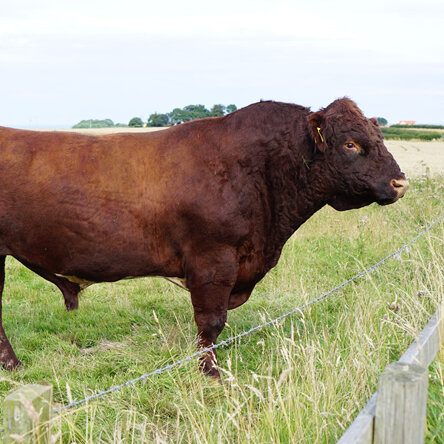Franklin Vets
Franklin Vets - excellence in veterinary care for dairy, farming, lifestyle, equine and household pets. BESTPRACTICE ACCREDITED NZ.
Your account is powered by Storbie. To edit your profile visit my.storbie.com
Your account is powered by Storbie. To edit your profile visit my.storbie.com

The number of bulls required will depend on how many cows are likely to come on heat while the bulls are with the group. Bulls should be used at a ratio of 1:30 for cows and 1:20 for R2 heifers. Use two teams of bulls so that one team is rotated every 1-2 days, reducing the risk of lameness and fatigue. For example, a 300-cow herd with a 50% in-calf rate when the bulls go out will require 5 bulls per term and therefore, 10 bulls in total.
Bulls need to be checked regularly for lameness, illness, or injury and replaced with new bulls if identified. Infections, antibiotic treatment, and elevated temperatures affect sperm production for 30+ days making them ineffective for use. Encourage bulls to stay in the paddock during milkings as reducing time on concrete yarding will also help lower lameness incidence.
If you have any questions regarding getting the most out of your bulls this mating season get in touch with your regular Franklin Vets farm vet.
Dr Neil Murray, Farm Vet at Paeroa.
Franklin Vets - excellence in veterinary care for dairy, farming, lifestyle, equine and household pets. BESTPRACTICE ACCREDITED NZ.



